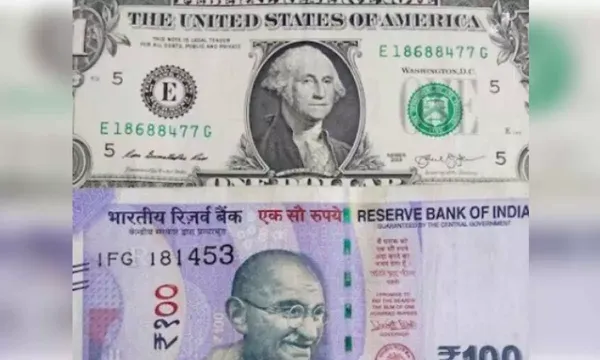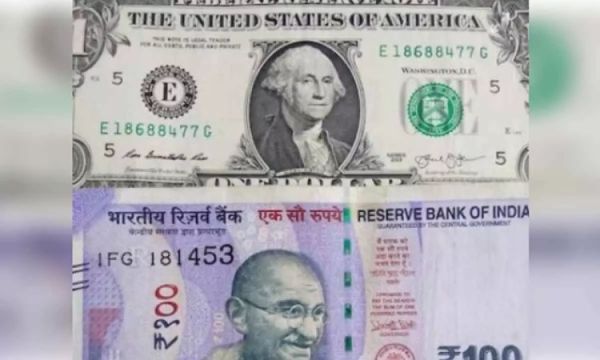
According to a research released on Wednesday, the Indian rupee’s performance in FY25 was comparatively steady when compared to other world currencies, with all major currency pairings being impacted by a higher dollar.

However, a reversal in the dollar’s strength and FPI inflows into debt helped to underpin a rebound in the rupee towards the end of the year. According to a study by Bank of Baroda (BoB), the local currency recovered as much as 2.4% in a single month.
A period of volatility is anticipated in the next year as we wait for clarification on US trade policy. Additionally, this will prepare the ground for the US Fed’s rate changes, which will impact the dollar’s behavior.
“On the domestic front, stable external deficits, reduced inflation, and improved GDP prospects are expected to underpin the rupee. Overall, we anticipate that the rupee would fluctuate between 85.5-87.5 to the dollar in FY26,” said Bank of Baroda economist Aditi Gupta.
The rupee saw moments of stability, sharp devaluation, and consolidation in FY25, making it an intriguing year.
The latter half of the year was distinguished by significant swings in the rupee movement, but the first seven months of the year were characterized by a currency that was mostly rangebound.
The worldwide currency market was significantly impacted by the outcomes of the US presidential election in November, as Donald Trump’s victory raised doubts about the country’s development and inflation patterns. The Fed’s rate drop expectations were significantly repricing as a result, which increased demand for the dollar.
The prosperity of the rupee fluctuated as well. It only depreciated by 0.8% between March and October, with average daily annualized volatility at multi-year lows of 1.5%, according to Gupta.
Strong domestic fundamentals highlighted a period of currency stability in the first half of the year, but the performance of the local currency in the second half of the year was significantly influenced by the shifting global environment.
The US tariff policy will continue to have a significant impact on the movement of world currencies.
“After some upheaval, markets have largely taken US tariff actions in stride, however, the balance will once again be tested,” said the research.
Conditions for the rupee are still favorable on the home front, which should help the local currency in the face of growing foreign difficulties.